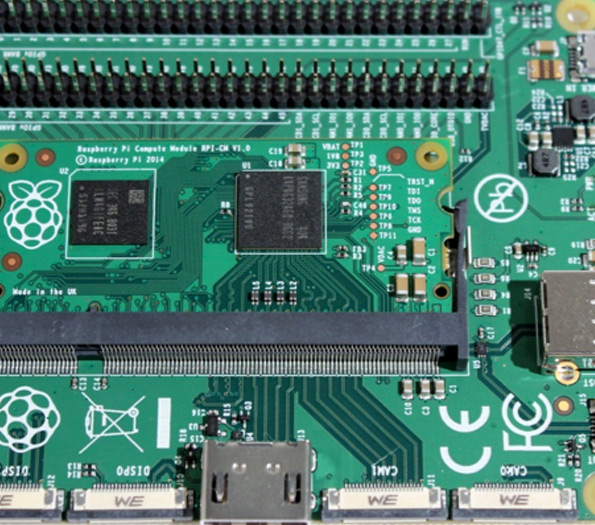

Exploring the Purchase of Half-Silvered Mirrors
In the realm of optics and photonics, the half-silvered mirror, also known as a beam splitter, plays a crucial role in various applications. These specially designed mirrors are partially reflective and partially transparent, allowing them to split incoming light into two distinct paths. Whether you're a hobbyist experimenting with lasers or a professional setting up an optical lab, understanding how to buy a half-silvered mirror can greatly enhance your project.
Understanding Half-Silvered Mirrors
Before diving into the buying process, it is essential to understand what half-silvered mirrors are and how they function. Typically made from glass, these mirrors have a thin coating of a reflective material, such as silver, on one side. When light hits the surface, a portion of it is reflected while the other portion passes through. This unique property makes them invaluable for a wide range of applications, including imaging systems, interferometry, and even in theatrical lighting setups.
Why Buy a Half-Silvered Mirror?
Purchasing a half-silvered mirror can indeed serve many purposes. For researchers and professionals in optical engineering, these mirrors are critical component in experiments and setups. For example, they can be used in laser systems to create interference patterns or to couple light into fibers. For artists, these mirrors can open up new creative avenues in multimedia installations and lighting design. Knowing the specific application will help you choose the right specifications for your needs.
Key Specifications to Consider
When it comes to purchasing a half-silvered mirror, several key specifications must be taken into account

1. Coating Type Different applications may require specific coatings to optimize performance. Some may need anti-reflective coatings to minimize losses while others may emphasize high reflectance.
2. Transmission and Reflection Ratios Typically, these mirrors come in 50/50 ratios, meaning half the light is reflected and half is transmitted. However, ratios can vary to suit specific needs, such as optimizing the mirror for a certain wavelength of light.
3. Size and Shape Half-silvered mirrors come in various sizes and shapes. Depending on your setup, you may require circular, rectangular, or custom dimensions.
4. Wavelength Range Be aware of the wavelength range that the mirror is designed to work with. Some mirrors are optimized for certain ranges, such as visible light, while others may be suitable for infrared or ultraviolet applications.
Where to Buy Half-Silvered Mirrors
There are several avenues through which to purchase half-silvered mirrors. Specialized optical component suppliers offer a wide range of products tailored for both professional and hobbyist needs. Major online platforms, like Amazon or specialized optical retailers, may also provide a selection of mirrors with user reviews that can guide your decision.
Conclusion
When you are ready to purchase a half-silvered mirror, take the time to evaluate your needs and understand the specifications that will best suit your application. With their versatile nature, half-silvered mirrors can significantly enhance optical setups across various fields—from scientific research to creative arts. By carefully selecting the right mirror, you are sure to achieve the desired results in your optical projects.